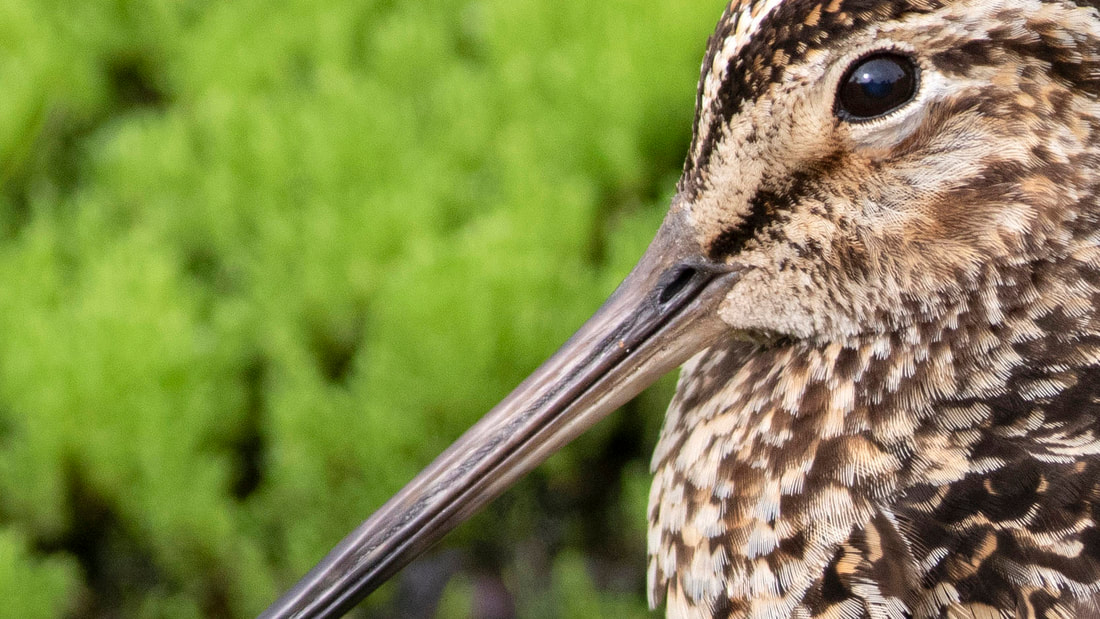Today we came by this exciting second winter Mew Gull north of Bergen in western Norway. Several plumage features indicate an origin away from Norway. Could it be an eastern bird, maybe Nearctic, or just part of the local variation?
The Mew (Common) Gull is distributed through Eurasia with three recognised subspecies. Larus canus canus (Eurupean Mew Gull) breeding in Europe, L. c. heinei (Russian Mew Gull) through most of Russia, ending with L. c. kamtschatschensis (Kamchatka Gull) in the far northeast. There are intergrades between all subspecies. In the northwestern part of North-America you find Larus canus brachyrhunchus (Short-billed Gull), a subspecies some treat as a full species. It is proposed that the more east you come, the more immature plumage features you get in immature birds. All Mew Gull subspecies are variable, but distinct characteristics are more frequent in one or the other. Identifying individual gulls out of range is tricky and often you can't conclude with certainty.
The strong and symmetrical tailband combined with the rather immature wing made this second winter bird look like a first winter at first glance. The strong tailband was the most striking feature in the field. Tailbands occur in Mew Gulls in western Norway in winter, but only on a very small percentage, and they are not as strong. During the last 15 winters of gulling in bergen I have only recorded a dozen or so tailbanded (mainly with faint marks) Mew Gulls. Have a look at these "tailspotted" Mew Gulls from May 2006 and January 2000.
The upperwing had a brown shade on the greater and median coverts, quite a few black immature feathers on the rest of the coverts, and a some black spots on the central secondaries. Dark primaries from p10 to p4 (a spot on the outer web on the latter). P10 show a white window, but not p9. In Norwegian canus, both wintering and local birds, p9 usually contains a white spot.
Discussion
Second winter kamtschatschensis on the web
- Second winter kamtschatschensis in Japan, February 2002
- Second winter kamtschatschensis in Japan, December 2000
- Several second winters from Japan, January 2008
- Second winter kamtschatschensis in Japan, February 2000








 RSS Feed
RSS Feed
